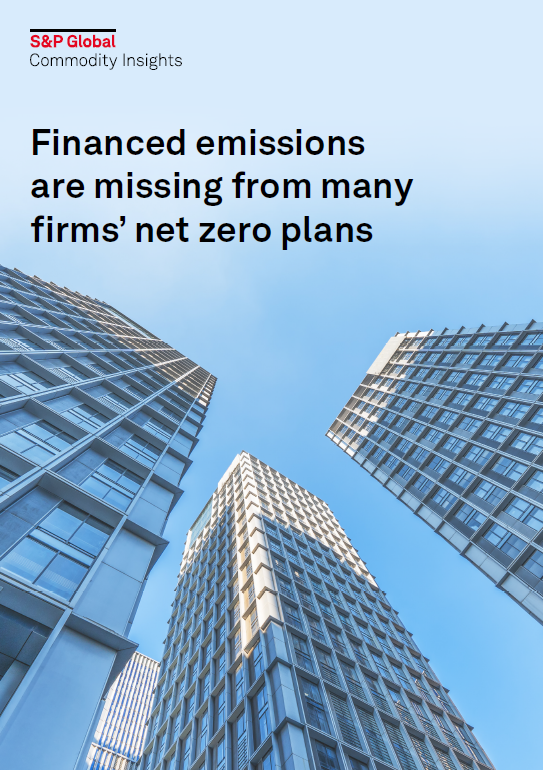In the past few years, hundreds of financial institutions have made big announcements about becoming net zero or carbon neutral by 2050.
It’s an important step, because financial institutions’ exposure to the wider economy through lending, investing, or underwriting across industries means that they could be more exposed to the economic impacts of climate change. They also can play a key role in financing the transition and facilitating the flow of trillions of dollars in capital needed to mitigate and adapt to climate change.
However, while announcements on net zero targets have grabbed headlines, the reality is more complicated. Data collected in the 2022 S&P Global Corporate Sustainability Assessment, or CSA, indicates that while financial institutions are committing to net zero or to reducing emissions, less than a quarter of them are currently aiming to reduce emissions across their whole value chain.
Get insights on the financed emissions missing from many firms’ net-zero plans.
It’s an important step, because financial institutions’ exposure to the wider economy through lending, investing, or underwriting across industries means that they could be more exposed to the economic impacts of climate change. They also can play a key role in financing the transition and facilitating the flow of trillions of dollars in capital needed to mitigate and adapt to climate change.
However, while announcements on net zero targets have grabbed headlines, the reality is more complicated. Data collected in the 2022 S&P Global Corporate Sustainability Assessment, or CSA, indicates that while financial institutions are committing to net zero or to reducing emissions, less than a quarter of them are currently aiming to reduce emissions across their whole value chain.
Get insights on the financed emissions missing from many firms’ net-zero plans.

Download our special report
Simply complete the form below to receive a copy of the special report.
